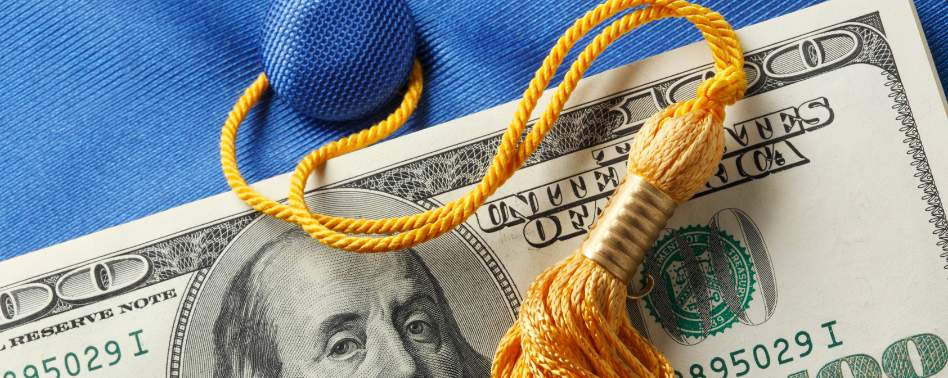The Federal Direct Student Loan Program: A Fast And Easy Guide

The Federal Direct Student Loan Program provides low-interest loans to eligible students to help pay for the cost of post-secondary education.
The program is administered by the US Department of Education and includes the three types of loans:
- Direct Subsidized Loans: These loans are for students with financial need and the government pays the interest while the student is in school.
- Direct Unsubsidized Loans: These loans are not based on financial need and the student is responsible for paying the interest, even while in school.
- Direct PLUS Loans: These loans are for parents of dependent students and graduate/professional students. Eligibility is determined by credit history.
*** SPECIAL NOTE *** – If your credit cards, personal loans, or medical debts have become unmanageable and you owe over $20,000… then go here for debt relief. We can help!
Eligibility For Federal Direct Student Loans
To be eligible for a Federal Direct Student Loan, a student must:
- Be a U.S. citizen or eligible non-citizen.
- Be enrolled at least half-time in an eligible degree or certificate program.
- Be in good academic standing and making satisfactory academic progress.
- Not be in default on any previous federal student loans.
How Much You Can Borrow With Federal Direct Student Loans
The amount a student can borrow depends on several factors including:
- Cost of attendance (determined by the school)
- Financial aid received from other sources
- Dependency status
- Year in school
Interest Rates And Repayment
Interest rates on Federal Direct Student Loans are fixed and set each year based on the 10-year Treasury note rate.
Repayment begins six months after graduation or dropping below half-time enrollment.
Repayment plans include: Standard, Graduated, Income-Based, Pay As You Earn, REPAYE, and Income-Contingent.
Borrowers can change repayment plans as their circumstances change. Loan forgiveness is available for certain public service careers and for those who meet specific criteria.
It’s important to remember that defaulting on a Federal Direct Student Loan can have serious financial consequences, including wage garnishment, tax refund offsets, and difficulty obtaining future loans or credit.
Applying For A Federal Direct Student Loan
To apply for a Federal Direct Student Loan, a student must complete the Free Application for Federal Student Aid (FAFSA) and be awarded the loan as part of their financial aid package.
The school will disburse the loan funds to the student and the student will be responsible for repaying the loan directly to the Department of Education.
At Americor, we understand the unique financial challenges people are facing today.
As America’s trusted source for debt relief solutions, we aim to empower you with financial knowledge that can lead to informed decisions, whether it’s about savings, investments, or managing debt.
If your debt has become unmanageable and you have difficulty making your debt payments each month, then you should consider a FREE consultation call with one of our certified Debt Consultants, who can provide personalized debt relief advice tailored to your specific needs.
By taking proactive steps today, you can put an end to your financial stress and work towards a brighter financial future.
Remember, there is always hope for debt relief, and our team of experienced professionals are ready to guide you on your journey to regaining control of your finances.
For more information on Americor’s debt relief services, contact us today to see how we can help you eliminate your debts, and get on the fast-track to becoming completely debt-free!